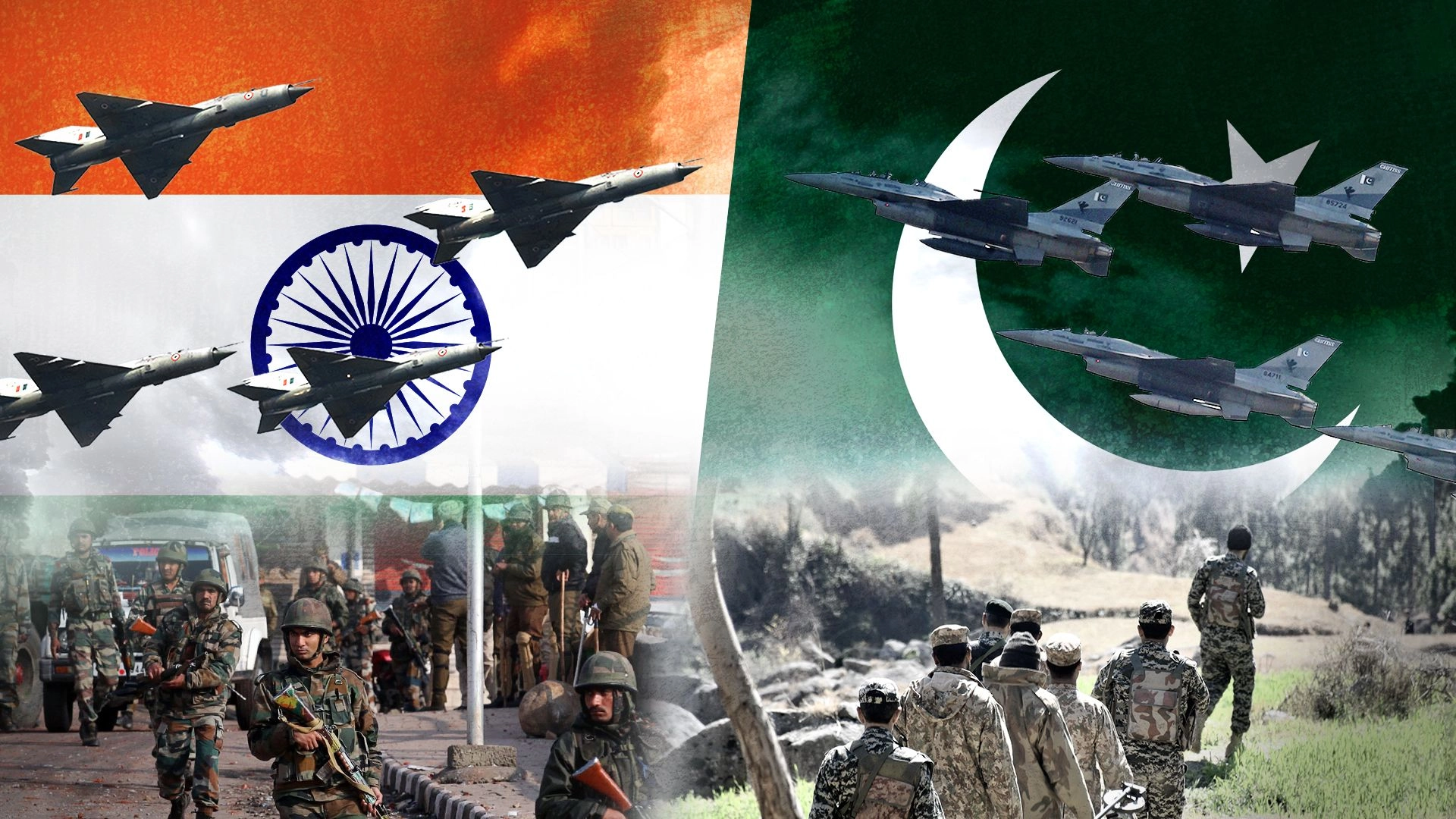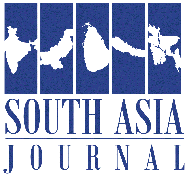
The drums of conflict are beating once again across the Line of Control, as India and Pakistan—nuclear-armed rivals with a long history of hostility—enter one of their most dangerous escalations in decades. The recent exchange of strikes in and around Kashmir is not just another chapter in the subcontinent’s turbulent history. It is a disturbing reminder of how unresolved territorial disputes, internal political compulsions, and regional power games can push South Asia to the brink.
India’s military actions deep into Pakistan-administered Kashmir, framed as a retaliatory response to militant attacks, have unleashed a predictable wave of nationalism at home. Prime Minister Modi, under pressure to act in the wake of deadly violence in Kashmir, has once again turned to airstrikes as a show of resolve. In India’s charged political climate, military action is often equated with leadership, particularly under a regime that thrives on muscular nationalism. But the optics of strength can often mask strategic recklessness.
On the other side, the Pakistani military—under fire for its role in the nation’s economic decline and ongoing political repression—has seized the moment to portray itself as the bulwark against Indian aggression. The conflict offers the military establishment an opportunity to rally the nation, distract from domestic crises, and reassert its dominant role in the country’s political life. But the economic reality is dire: Pakistan’s macroeconomic stability is fragile, and any prolonged conflict could cripple its already weakened economy.
The United States, once an active mediator in South Asian tensions, is taking a conspicuously cautious approach. Vice President JD Vance’s recent remarks underscore the administration’s reluctance to overextend itself in foreign entanglements. Secretary of State Marco Rubio has engaged both sides diplomatically, but Washington is clearly positioning itself as an observer, not a broker. This strategic passivity leaves a vacuum—one that Gulf states like Saudi Arabia, the UAE, and Qatar may attempt to fill. These countries have ties to both New Delhi and Islamabad and have, in recent years, expanded their diplomatic ambitions. Yet their ability to manage a conflict of this magnitude remains uncertain.
China, while influential in the region and a key supplier of arms to Pakistan, is viewed with deep suspicion in New Delhi and is unlikely to be accepted as a neutral party by India. With China sidelined and the US hesitating, the prospects for third-party mediation are murky at best.
Perhaps most disturbing is the state of information warfare that now accompanies traditional conflict. In the wake of India’s Operation Sindoor, respected military analyst Pravin Sawhney released a critical assessment, only for the government to reportedly block his video. The act raises serious concerns about democratic accountability and transparency in India’s defense policy. When governments suppress dissenting voices, even from respected experts, they undermine the very democratic principles they claim to defend.
Meanwhile, social media has become a battlefield of its own. Disinformation—much of it powered by artificial intelligence—spreads rapidly, distorting facts and inflaming passions. AI-generated images of attacks, manipulated statistics, and jingoistic propaganda dominate platforms like X (formerly Twitter), creating a dangerous echo chamber on both sides of the border.
And amid all this, it is the civilians in Kashmir who suffer most. Trapped in a cycle of destruction and despair, they endure the consequences of a geopolitical chess game in which they are merely pawns. The current escalation has turned their region into a war zone, with little regard for their safety, dignity, or future.
A dangerous standoff now exists, where each side seeks a symbolic victory before it can retreat. India may consider its deep strikes into Pakistan a success. Pakistan may find pride in its proportionate retaliation. Yet, both must ask: at what cost?
The international community must not look away. South Asia’s volatility poses a threat far beyond the subcontinent. It demands a steady, principled, and urgent diplomatic response. In the absence of global leadership, the region risks spiraling further into conflict. Escalation is easy; de-escalation requires courage, foresight, and statesmanship—qualities sorely missing in the current crisis.
